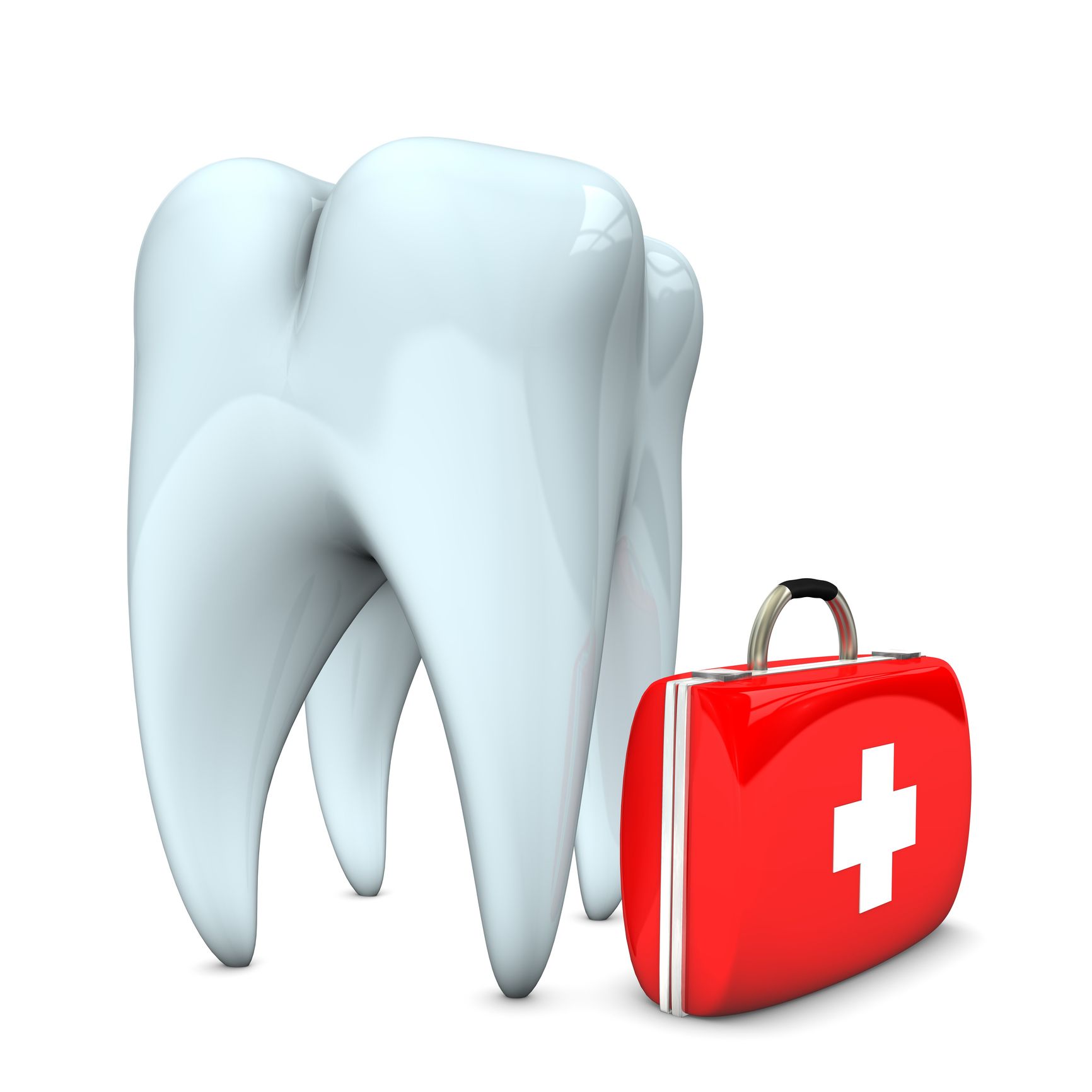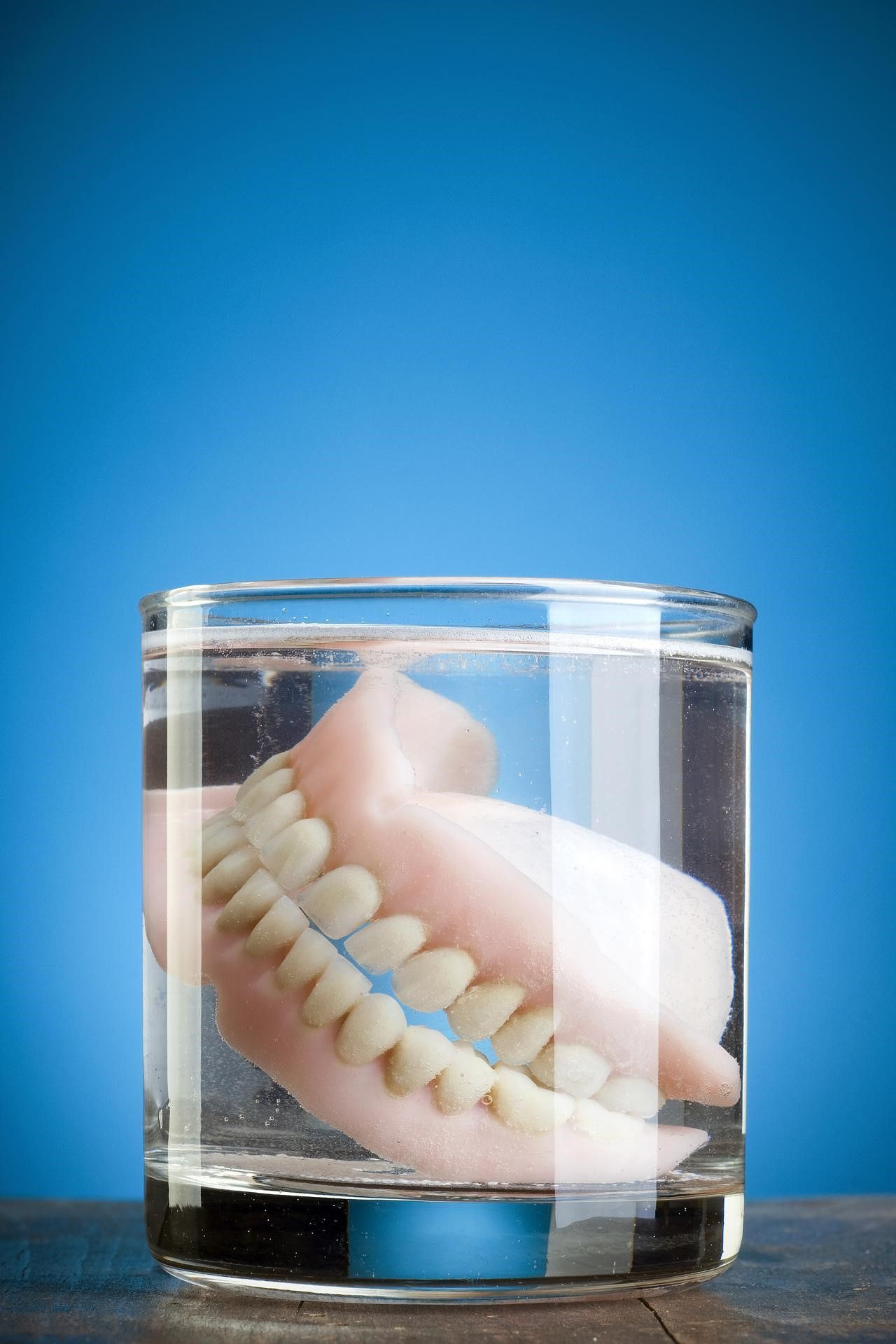5 Signs You Have a Tooth Cavity
Food and bacteria accumulation in your teeth can lead to plaque formation. Bacteria in plaque release acids that erode the surface of your teeth. If plaque continues to build up, it attacks your teeth and causes cavities. Cavities leave holes in your teeth and can lead to a tooth abscess or a severe infection. When you realize you have a tooth cavity, consult a dentist to address the problem before it becomes worse.
Discover some signs of a tooth cavity.
1. Pain
One apparent sign of a cavity is a toothache. If you have pain in your teeth when biting or chewing food, you probably have a tooth cavity. Also, the nerve in your tooth might be rotting if you have pain even when you don’t bite or chew.
Pain can also manifest as tooth sensitivity. This sensitivity causes sharp pain in one tooth or sensitivity on a receding gumline. Cold and hot sensitivity arises when acidic bacteria overwhelm the dentin of your tooth. As a result, your tooth loses its protective covering and allows some foods or drinks to penetrate the nerves in your tooth. This is the reason you experience hypersensitivity.
Sensitivity to sugary drinks and sweets may also mean you have tooth decay. Like temperature sensitivity, discomfort from sweets could mean your enamel is damaged — this signals the start of a tooth cavity.
2. Hole in Your Tooth
A white spot on your tooth might be an indication of a cavity. Some holes aren't visible, especially in crevices or between your teeth. However, you may experience some sensitivity or pain in the area of the dental cavity.
The bottom of your teeth near the gums and the chewing surfaces of your molars are two places in your mouth to look for a hole. You can spot a hole by using a mirror or running your tongue over your teeth' surface.
3. Cracked Teeth
If your tooth cracks, it becomes vulnerable to acidic bacteria. Because the tooth's root is exposed, a broken tooth can lead to cavities. Brush and floss regularly to protect cracked teeth.
Some remedies for cracked teeth are crowns, dental implants, and a root canal. A crown covers the entire broken or cracked tooth with porcelain or metal. However, an implant addresses teeth that break along the gumline. The dentist removes the damaged tooth and replaces it with an implant.
Lastly, a root canal is a procedure that removes infections from a broken or cracked tooth. A dentist will perform a root canal before placing a crown on the affected area in many cases.
4. Bleeding Gums
When you have large cavities along your gumline, they tend to trap food and cause swelling along parts of the gums. Although the swelling may not be painful, it will be visible. Also, you may notice blood emerging from the tooth with the cavity. Make sure you consult a dentist to determine the cause of the swelling and bleeding tooth.
5. Bad Breath and Taste
Halitosis is a sign of a cavity. The holes that form when you have a cavity can fill with food particles. The rotten food that is stuck in there can result in bad breath.
Some reasons you have bad taste in your mouth include gum disease, an infected tooth, acid reflux, and tongue bacteria. However, you may also experience a bad taste if you have a tooth cavity. When a cavity develops in your tooth, the bacteria there can only access food and not oxygen. The bacteria breathe sulfur, which results in bad-tasting byproducts.
Eastland Dental Center & Professional Dental Care is your dental partner when you need to resolve dental issues. We provide a full-service dental practice that includes cosmetic procedures, implant restoration, and restorative dentistry. Call us today for a comprehensive dental exam to help diagnose any dental conditions.









